Home>Gardening & Outdoor>Landscaping Ideas>What Kills Mushrooms On Lawns
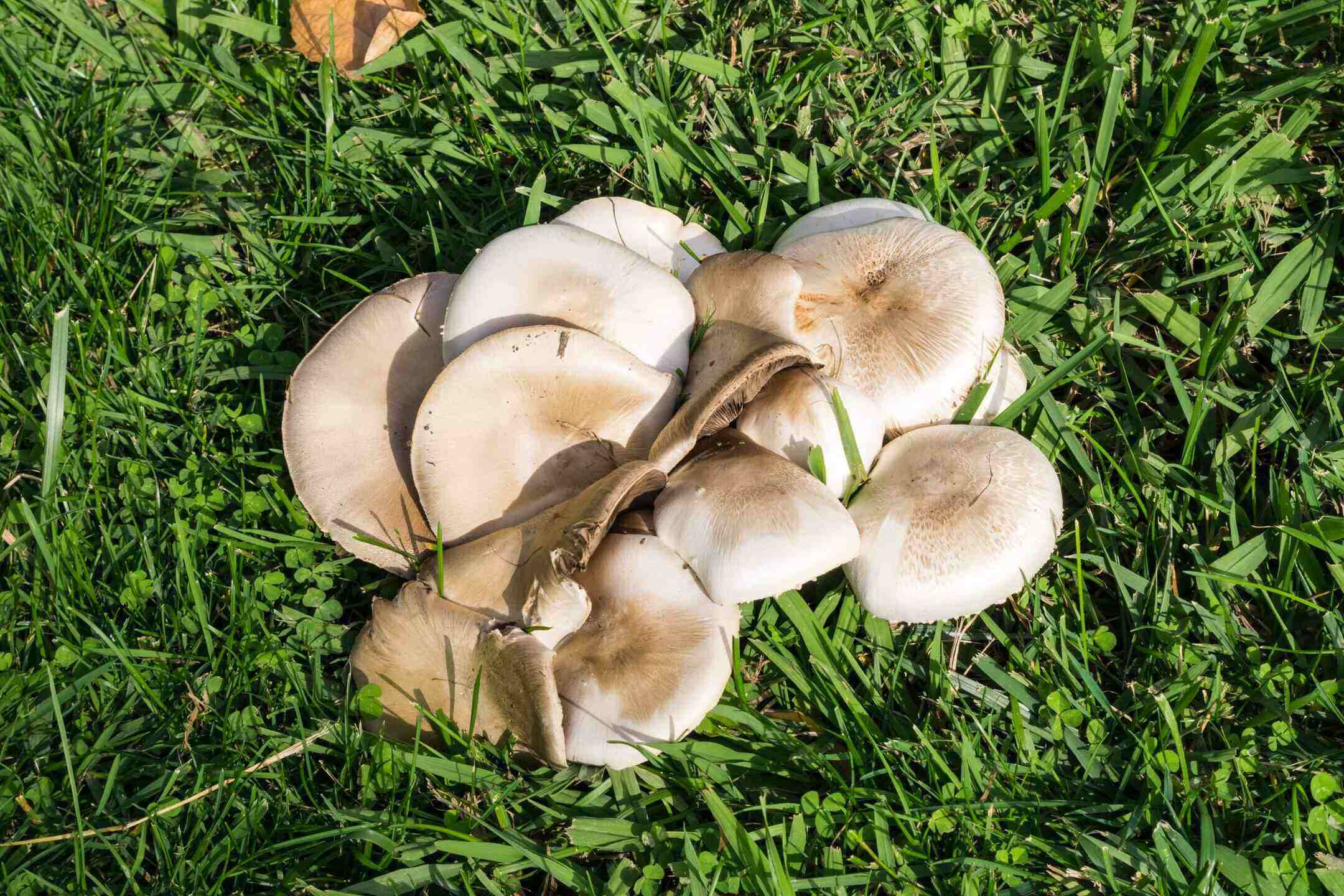

Landscaping Ideas
What Kills Mushrooms On Lawns
Published: December 25, 2023
Learn effective landscaping ideas to prevent and eliminate mushroom growth on your lawn. Discover what kills mushrooms and how to maintain a healthy, fungus-free landscape.
(Many of the links in this article redirect to a specific reviewed product. Your purchase of these products through affiliate links helps to generate commission for Storables.com, at no extra cost. Learn more)
Introduction
Mushrooms are a common sight in many lawns, often popping up seemingly overnight. While some homeowners may find them charming, others may be concerned about their presence. If you belong to the latter group, fret not, as this article will delve into the intriguing world of mushroom growth and explore effective methods to eliminate them from your lawn.
Mushrooms are the fruiting bodies of fungi, and their sudden appearance can be attributed to a complex underground network of mycelium. Understanding the factors that contribute to mushroom growth and the conditions that can thwart their presence is essential for maintaining a pristine lawn.
In this comprehensive guide, we will unravel the mysteries surrounding mushroom growth, identify the factors that can lead to their demise, and equip you with the knowledge to effectively banish them from your lawn. So, let's embark on this enlightening journey to uncover the secrets of mushrooms and discover how to keep them at bay.
Key Takeaways:
- Mushrooms thrive in damp, shaded environments and can be suppressed by improving drainage, increasing sunlight exposure, and adjusting soil pH, creating a healthier and more visually appealing lawn.
- To effectively eliminate mushrooms from lawns, homeowners can manually remove them, improve drainage, reduce shade, aerate the soil, adjust soil pH, and seek professional consultation for tailored solutions.
Read more: What Kills Oxalis In Lawns
Understanding Mushroom Growth
Mushrooms are the visible fruiting bodies of fungi, and their growth is a fascinating process influenced by various environmental factors. These fungi thrive in damp, shaded environments, making lawns an ideal habitat for their proliferation. The presence of decaying organic matter, such as old tree roots or thatch, can further facilitate mushroom growth.
When conditions are favorable, the mycelium, a network of thread-like structures, absorbs nutrients from the soil and organic matter. As the mycelium matures, it develops mushroom primordia, the tiny structures that eventually give rise to the mushrooms we see. These primordia grow rapidly, and seemingly overnight, mushrooms emerge, releasing spores into the air to propagate the next generation of fungi.
Understanding the life cycle and growth patterns of mushrooms is crucial for implementing effective control measures. By comprehending the environmental conditions that foster mushroom growth, homeowners can take proactive steps to create an inhospitable environment for these fungi.
Now that we have gained insight into the intricacies of mushroom growth, let’s explore the factors that can hinder their presence on lawns and delve into the common mistakes to avoid when attempting to eliminate them.
Factors That Kill Mushrooms on Lawns
Several factors can contribute to the suppression of mushroom growth on lawns, offering homeowners effective strategies to combat their presence. Understanding these factors is essential for creating an environment that discourages the proliferation of mushrooms.
- Proper Drainage: Ensuring adequate drainage on your lawn can significantly impede mushroom growth. Mushrooms thrive in moist environments, so improving drainage can help reduce excess moisture, making the area less hospitable for their development.
- Sunlight Exposure: Increasing sunlight exposure to the affected areas can inhibit mushroom growth. Trimming overhanging branches or thinning out foliage can allow more sunlight to penetrate the lawn, creating an environment less conducive to mushroom proliferation.
- Soil Aeration: Aerating the soil can help improve its structure and reduce compaction, making it less favorable for mushroom growth. This process enhances air circulation and water penetration, creating an inhospitable environment for fungi.
- Adjusting Soil pH: Modifying the soil pH can deter mushroom growth. Most mushrooms thrive in acidic soil, so adjusting the pH towards a more alkaline range can help discourage their presence.
- Removing Organic Debris: Clearing the lawn of decaying organic matter, such as old tree roots, thatch, or wood chips, can eliminate a vital food source for mushrooms, hindering their growth.
By implementing these measures, homeowners can effectively create an environment that suppresses mushroom growth, contributing to a healthier and more aesthetically pleasing lawn.
Now that we have explored the factors that can thwart mushroom growth, let’s delve into the common mistakes homeowners make when attempting to eliminate mushrooms from their lawns.
To prevent mushrooms from growing on your lawn, improve drainage, reduce shade, and avoid overwatering. Also, remove organic debris and aerate the soil to reduce moisture retention.
Common Mistakes When Trying to Kill Mushrooms
While the presence of mushrooms on lawns may prompt homeowners to take swift action, it is crucial to approach their elimination with care and avoid common mistakes that can exacerbate the issue. Understanding these pitfalls can help homeowners adopt more effective strategies for dealing with mushrooms.
- Overwatering: In an attempt to eradicate mushrooms, some homeowners may inadvertently exacerbate the issue by overwatering the affected areas. Excess moisture can create a conducive environment for mushroom growth, so it is important to avoid overwatering the lawn.
- Using Fungicides Indiscriminately: Applying fungicides without proper identification of the mushroom species can be ineffective and harmful to the environment. Different mushrooms may require specific treatments, so indiscriminate use of fungicides can lead to unintended consequences.
- Removing Mushrooms Improperly: Simply plucking mushrooms or mowing them down can scatter their spores, potentially leading to more widespread growth. It is essential to remove mushrooms carefully to minimize spore dispersal.
- Failure to Address Underlying Issues: Neglecting to address underlying issues such as poor drainage, compacted soil, or excessive thatch can perpetuate the conditions favorable for mushroom growth. It is crucial to identify and rectify these underlying issues to prevent future mushroom outbreaks.
- Expecting Immediate Results: Some homeowners may become discouraged if they do not see immediate results from their efforts to eliminate mushrooms. It is important to understand that effective control measures may take time to yield visible improvements, and patience is key in achieving long-term success.
By steering clear of these common mistakes, homeowners can adopt a more strategic and informed approach to tackling mushroom growth on their lawns. Now, let’s explore effective methods for eliminating mushrooms and maintaining a pristine lawn.
How to Effectively Eliminate Mushrooms from Lawns
Implementing a targeted approach to eliminate mushrooms from lawns involves a combination of proactive measures and strategic interventions. By adopting effective techniques, homeowners can successfully manage and reduce the presence of mushrooms, contributing to a healthier and more visually appealing lawn.
- Manual Removal: Carefully plucking mushrooms by hand and disposing of them in sealed bags can help prevent spore dispersal and reduce the likelihood of further growth. It is essential to perform this task diligently, especially after rainfall or irrigation when mushrooms are most visible.
- Improving Drainage: Addressing drainage issues by incorporating proper grading and installing drains can minimize excess moisture, creating an inhospitable environment for mushroom growth.
- Reducing Shade: Trimming overhanging branches and thinning out foliage can increase sunlight exposure, inhibiting mushroom proliferation. This can be particularly effective in areas where mushrooms frequently appear.
- Soil Aeration: Aerating the soil to alleviate compaction and enhance air circulation can deter mushroom growth. This process promotes a healthier soil structure and reduces the conditions conducive to fungi development.
- Applying Lime: Adjusting the soil pH by applying lime can create an environment less favorable for mushrooms. It is important to conduct a soil test to determine the appropriate amount of lime needed for pH adjustment.
- Using Organic Amendments: Incorporating organic matter such as compost into the soil can help improve its structure and nutrient content, creating an environment less conducive to mushroom growth.
- Professional Consultation: In cases of persistent mushroom growth or uncertainty about the appropriate course of action, seeking guidance from a landscaping professional or mycologist can provide valuable insights and tailored solutions.
By combining these strategies, homeowners can effectively manage and reduce mushroom growth on their lawns, contributing to a more resilient and visually appealing outdoor space.
Now that we have explored effective methods for eliminating mushrooms, let’s conclude our journey with a recap of the key insights and a reaffirmation of the importance of maintaining a healthy lawn.
Read more: What Kills Quackgrass In Lawns
Conclusion
As we conclude our exploration of mushrooms on lawns, it is evident that understanding the factors influencing their growth and implementing targeted strategies are essential for effective management. Mushrooms, as the visible fruiting bodies of fungi, thrive in specific environmental conditions, and homeowners can leverage this knowledge to create an inhospitable environment for their proliferation.
By addressing factors such as proper drainage, sunlight exposure, soil aeration, and soil pH, homeowners can significantly reduce the likelihood of mushroom growth on their lawns. It is imperative to approach the elimination of mushrooms with care, avoiding common mistakes such as overwatering, indiscriminate use of fungicides, and neglecting underlying issues that contribute to their persistence.
Employing manual removal, improving drainage, reducing shade, soil aeration, adjusting soil pH, and incorporating organic amendments are effective strategies for managing and reducing mushroom growth. Additionally, seeking professional consultation can provide tailored solutions for persistent issues, ensuring a more comprehensive and informed approach to lawn care.
Ultimately, maintaining a healthy lawn involves a multifaceted approach that encompasses not only the suppression of unwanted elements such as mushrooms but also the promotion of overall lawn vitality. By creating an environment that supports the well-being of desirable plant life and minimizes conditions favorable to fungi, homeowners can cultivate a resilient and aesthetically pleasing outdoor space.
As you embark on your journey to manage mushrooms on your lawn, remember that patience, diligence, and a holistic understanding of your lawn’s ecosystem are key to achieving long-term success. With the knowledge gained from this guide, you are well-equipped to navigate the nuances of mushroom management and nurture a flourishing lawn that brings joy and tranquility to your outdoor environment.
Frequently Asked Questions about What Kills Mushrooms On Lawns
Was this page helpful?
At Storables.com, we guarantee accurate and reliable information. Our content, validated by Expert Board Contributors, is crafted following stringent Editorial Policies. We're committed to providing you with well-researched, expert-backed insights for all your informational needs.
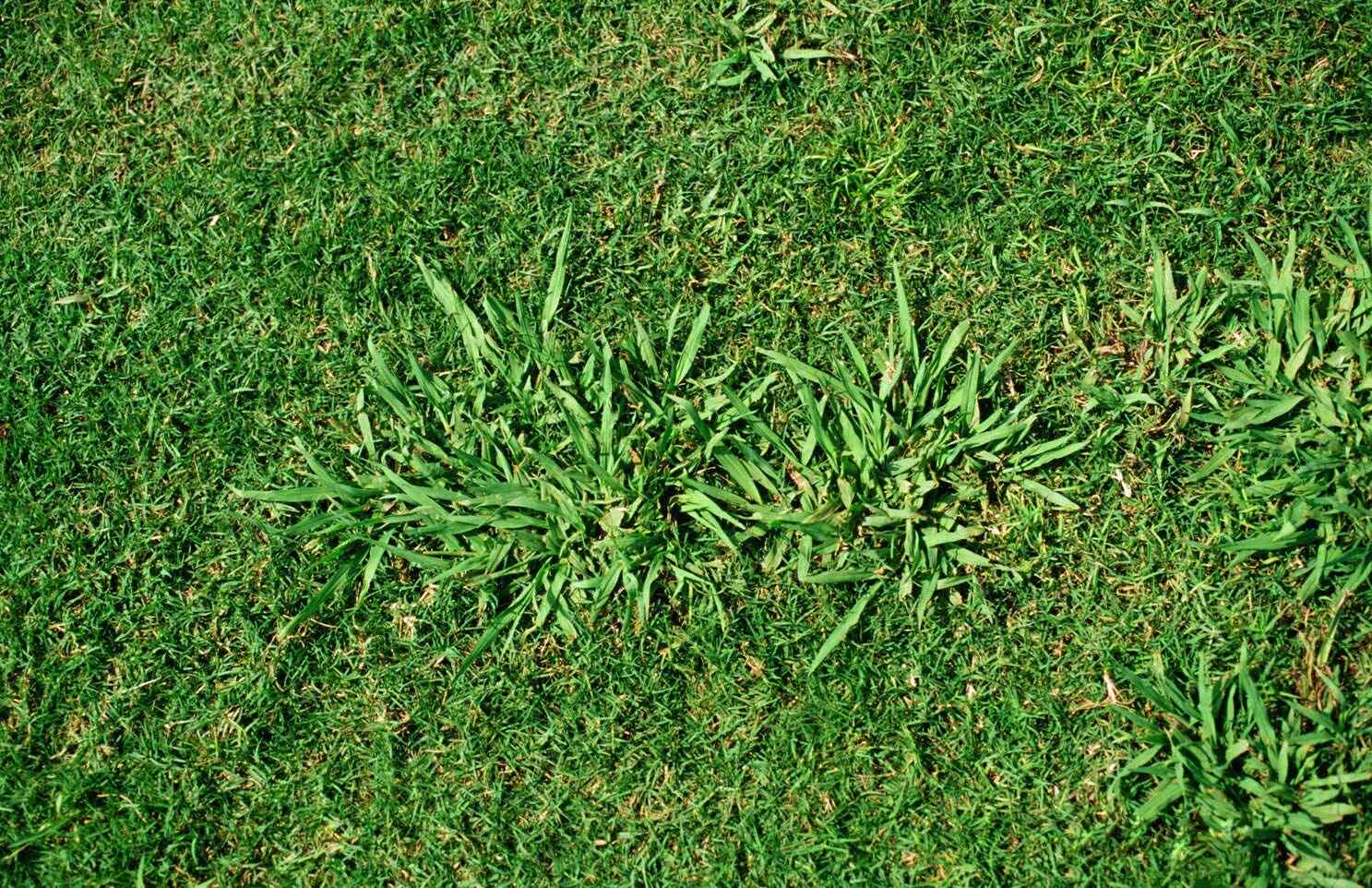
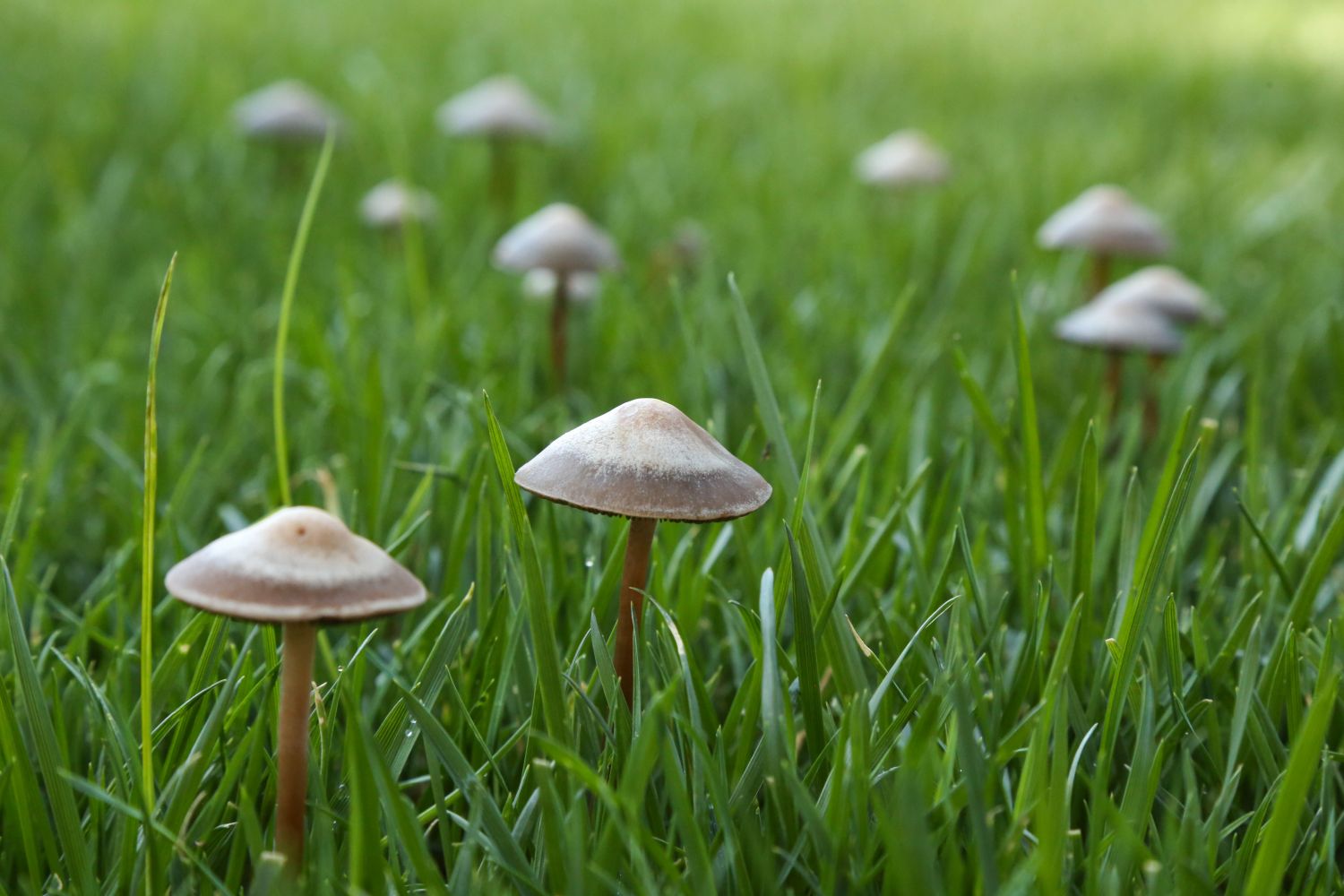
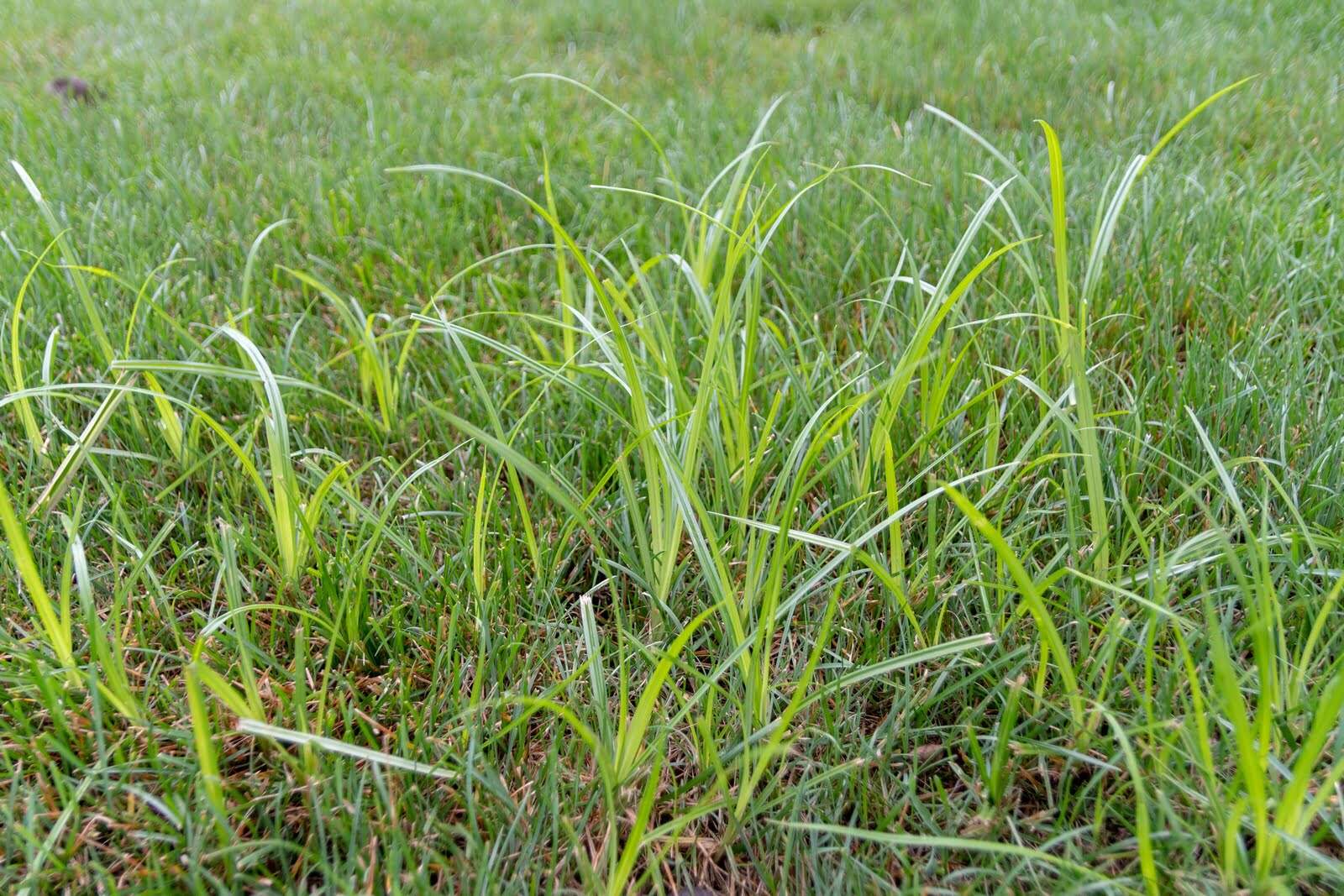

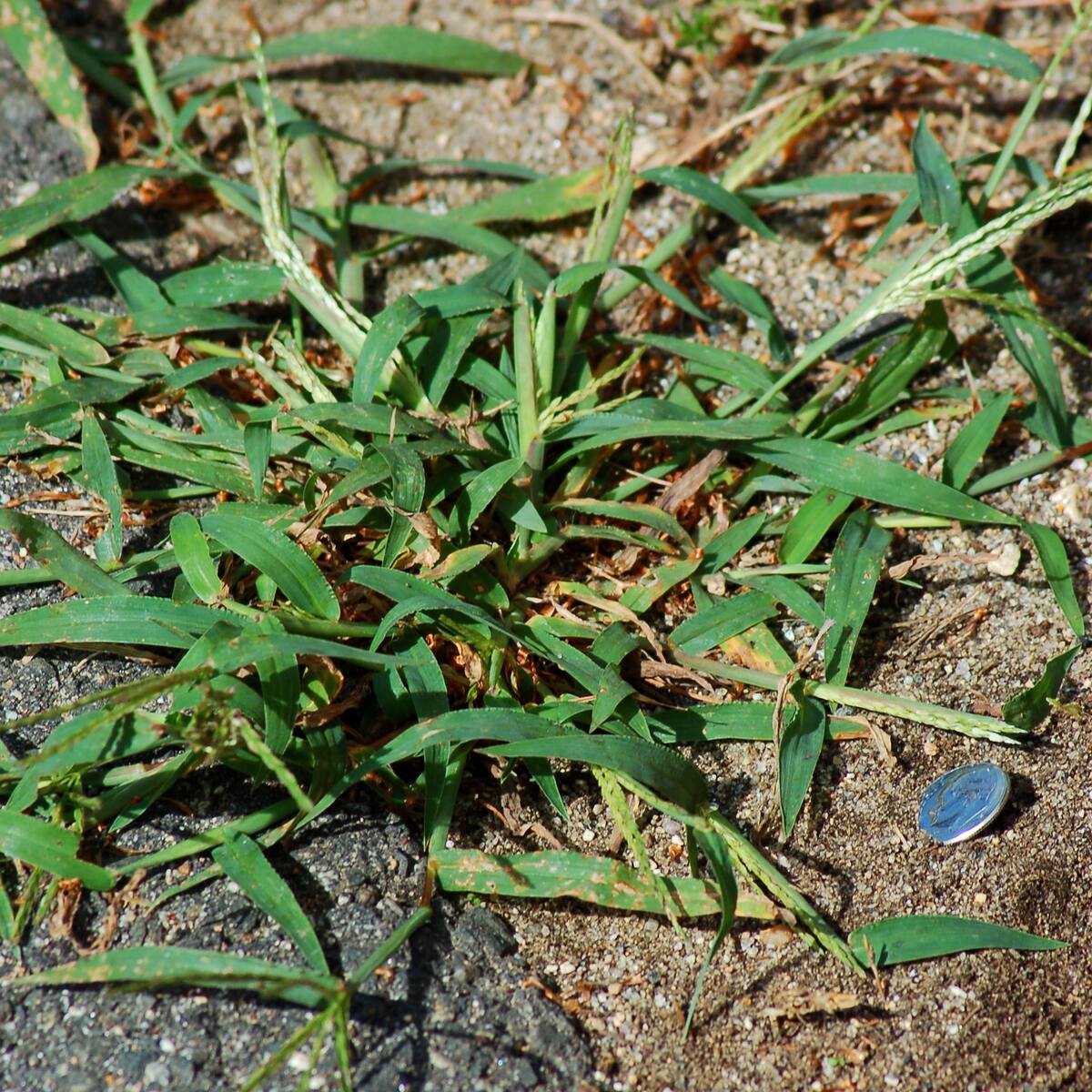

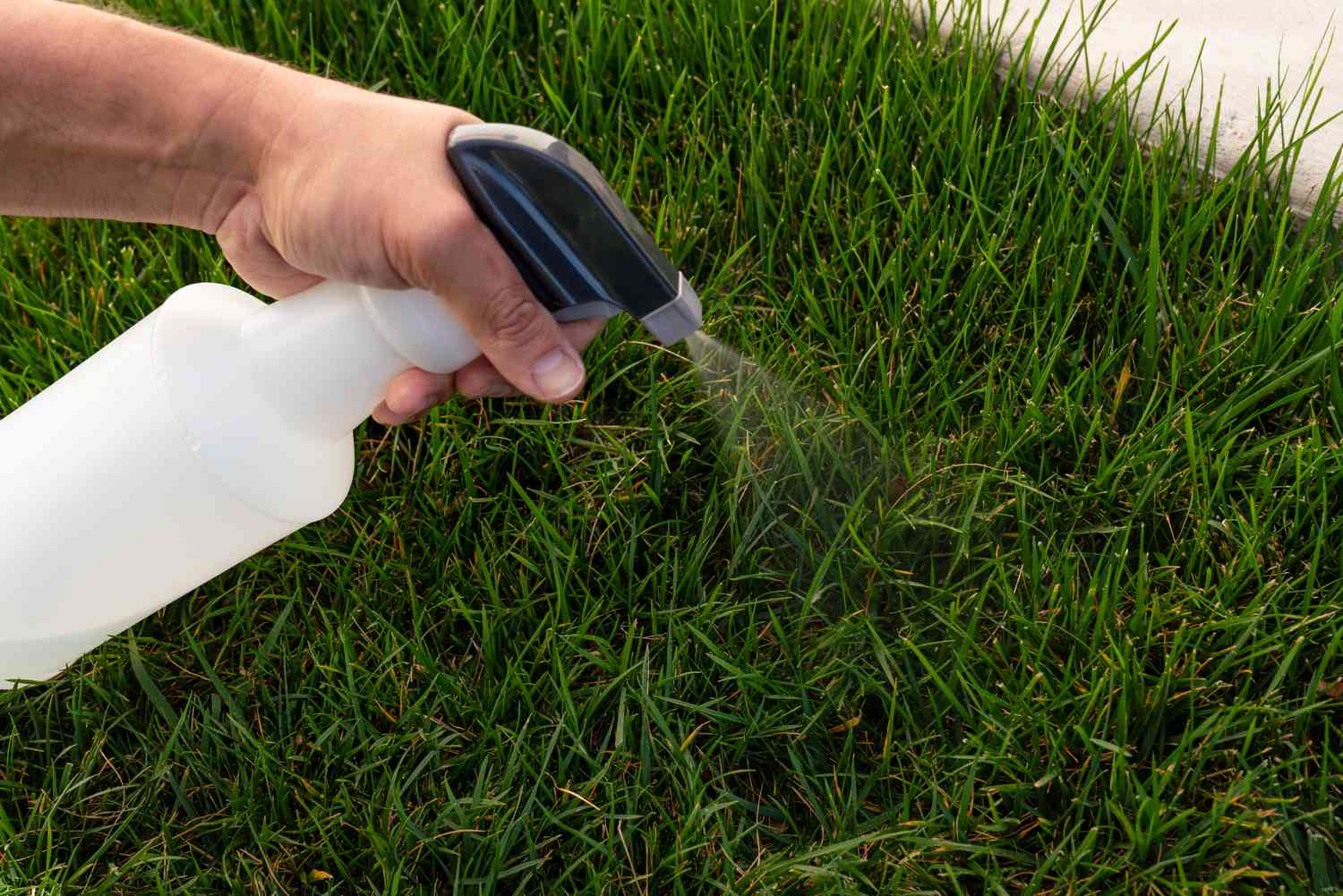
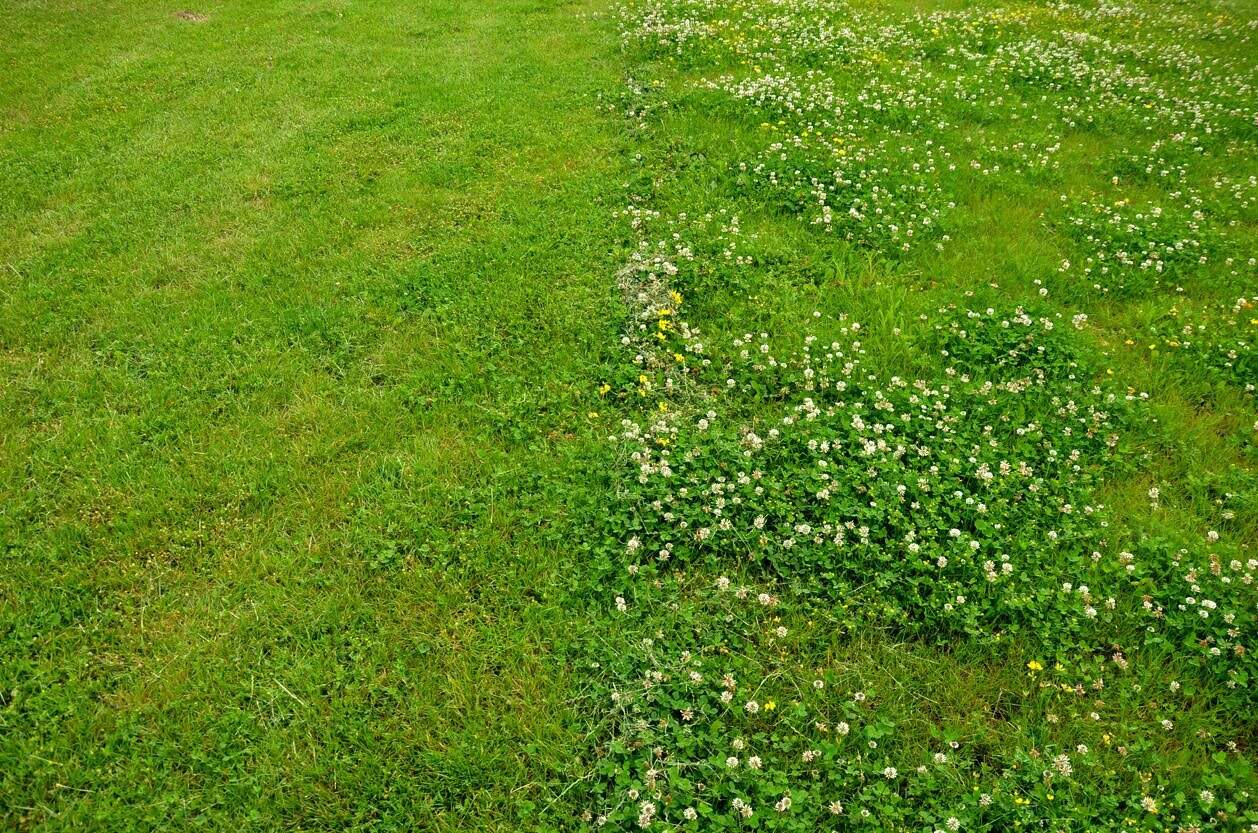
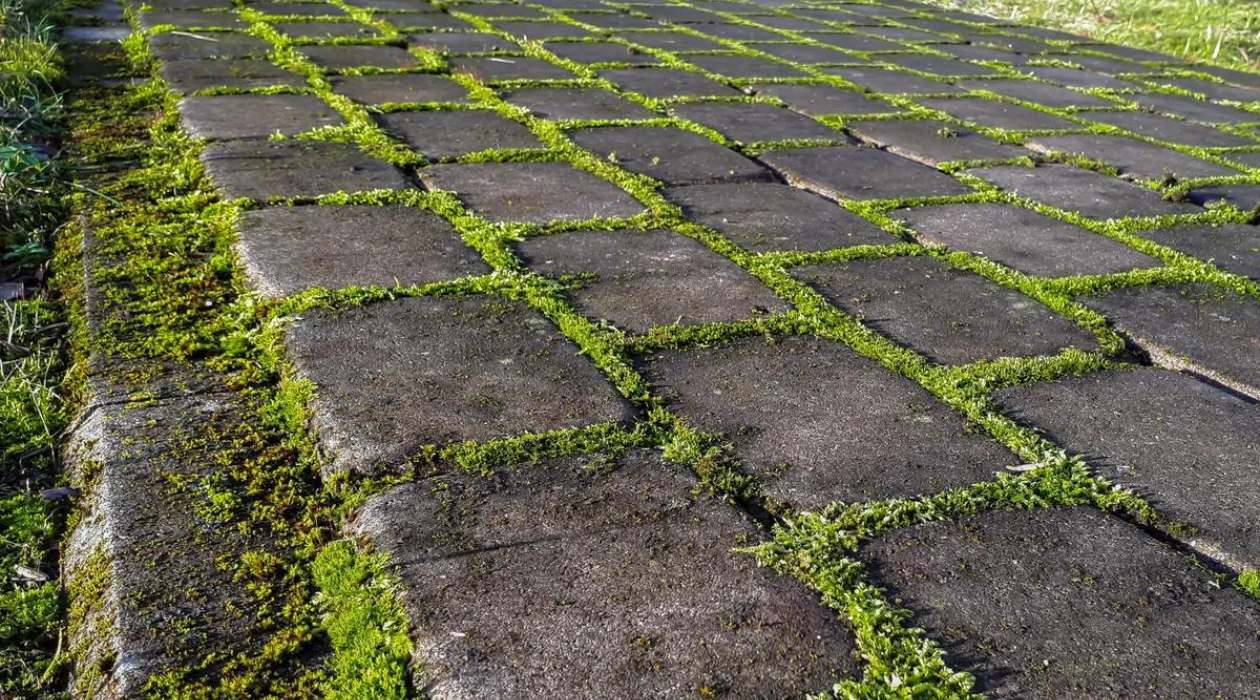
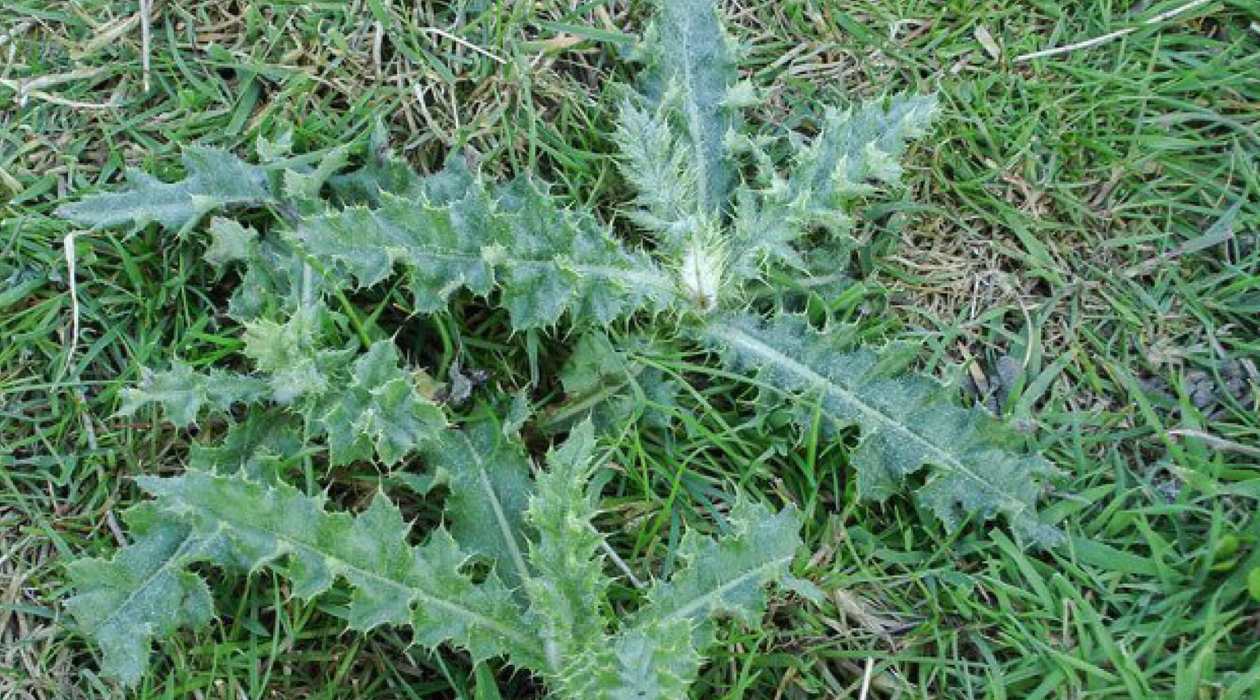
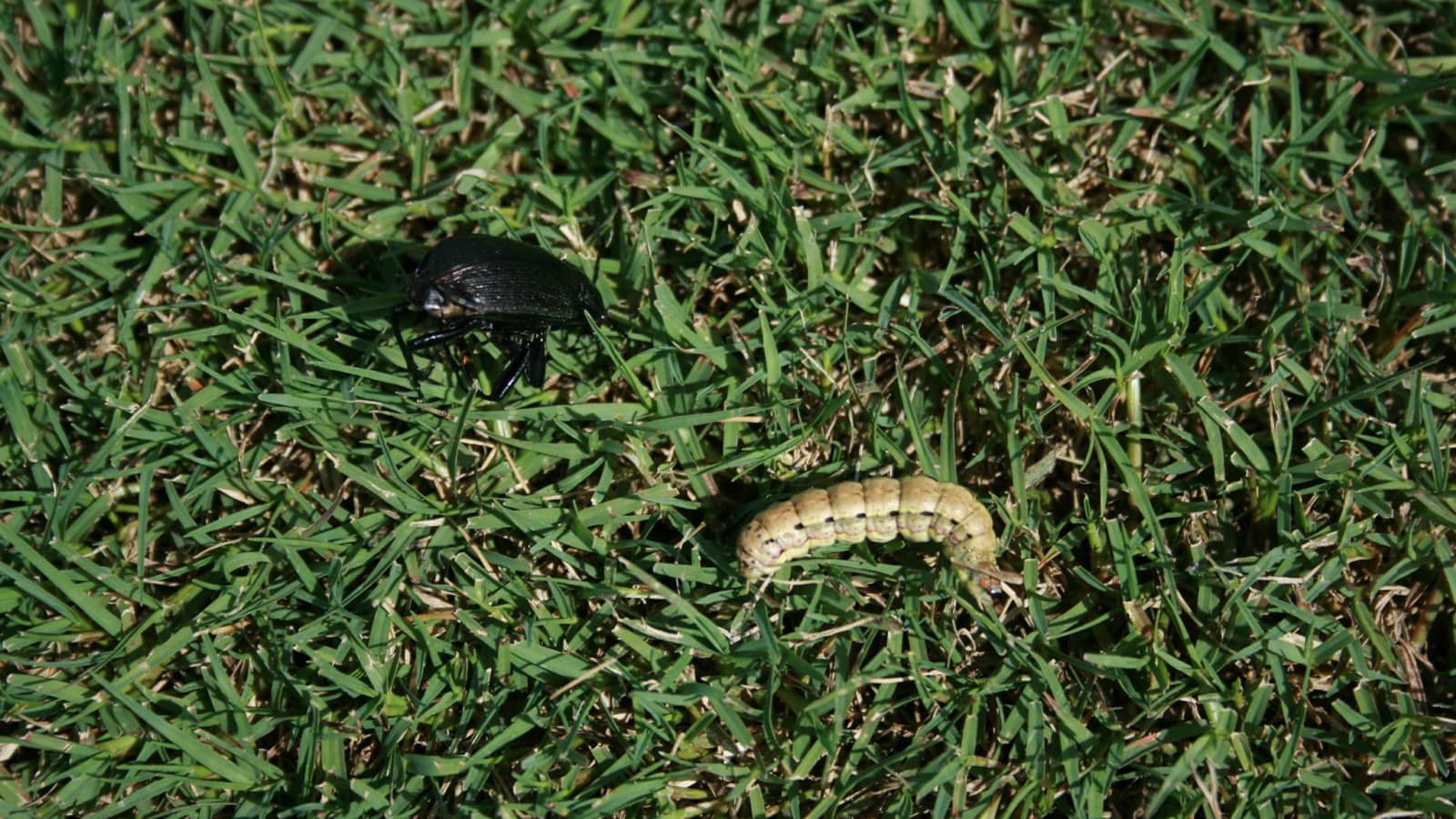
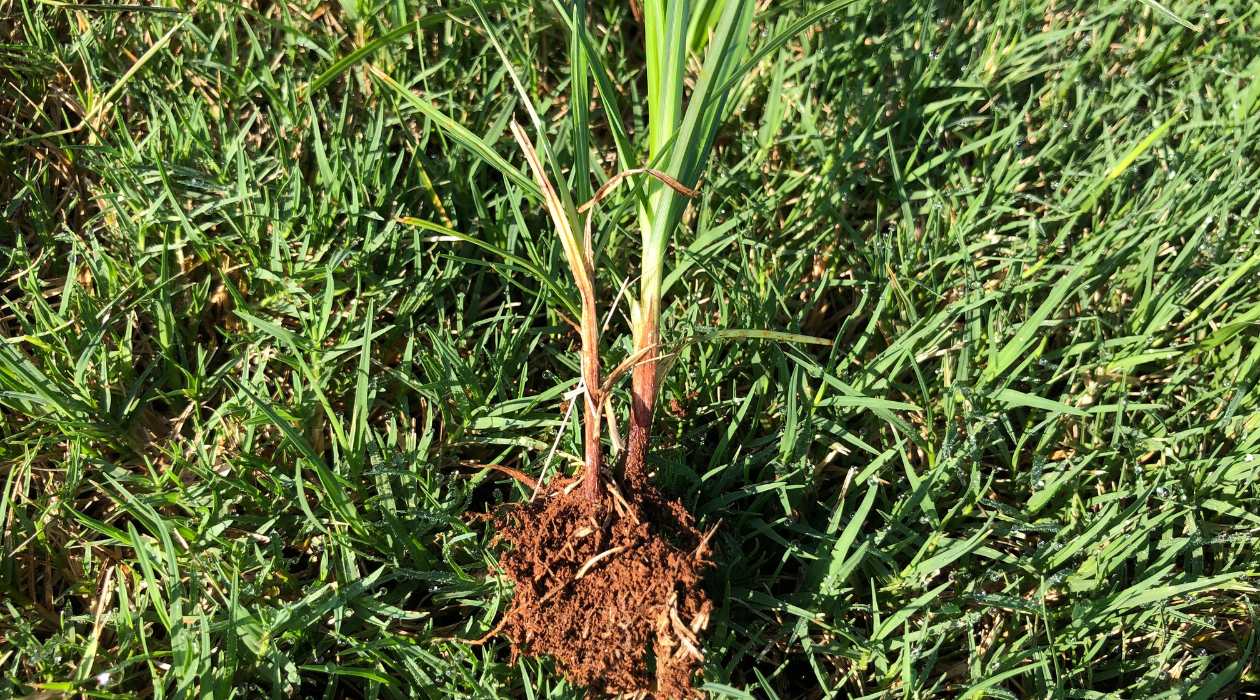
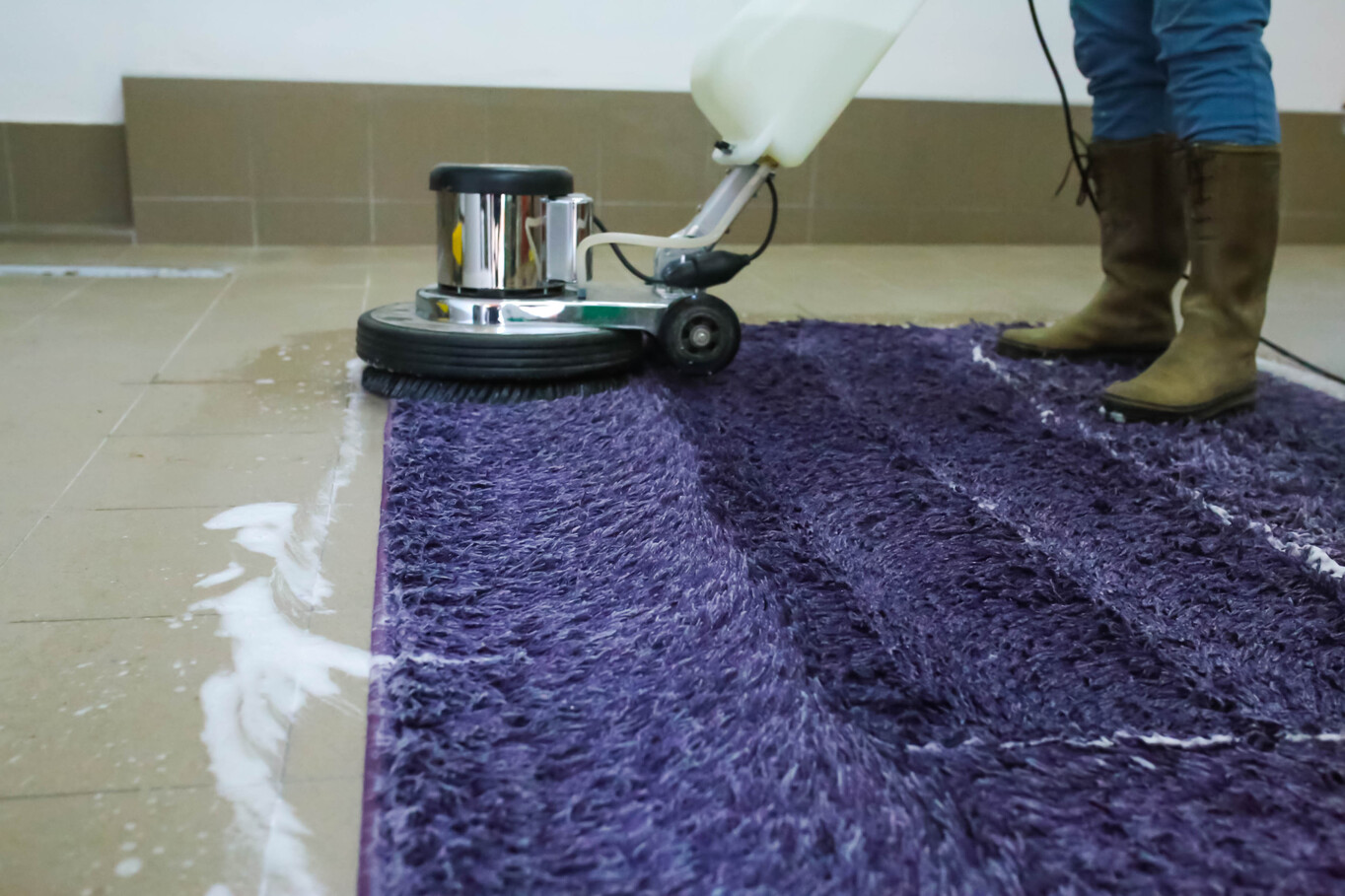
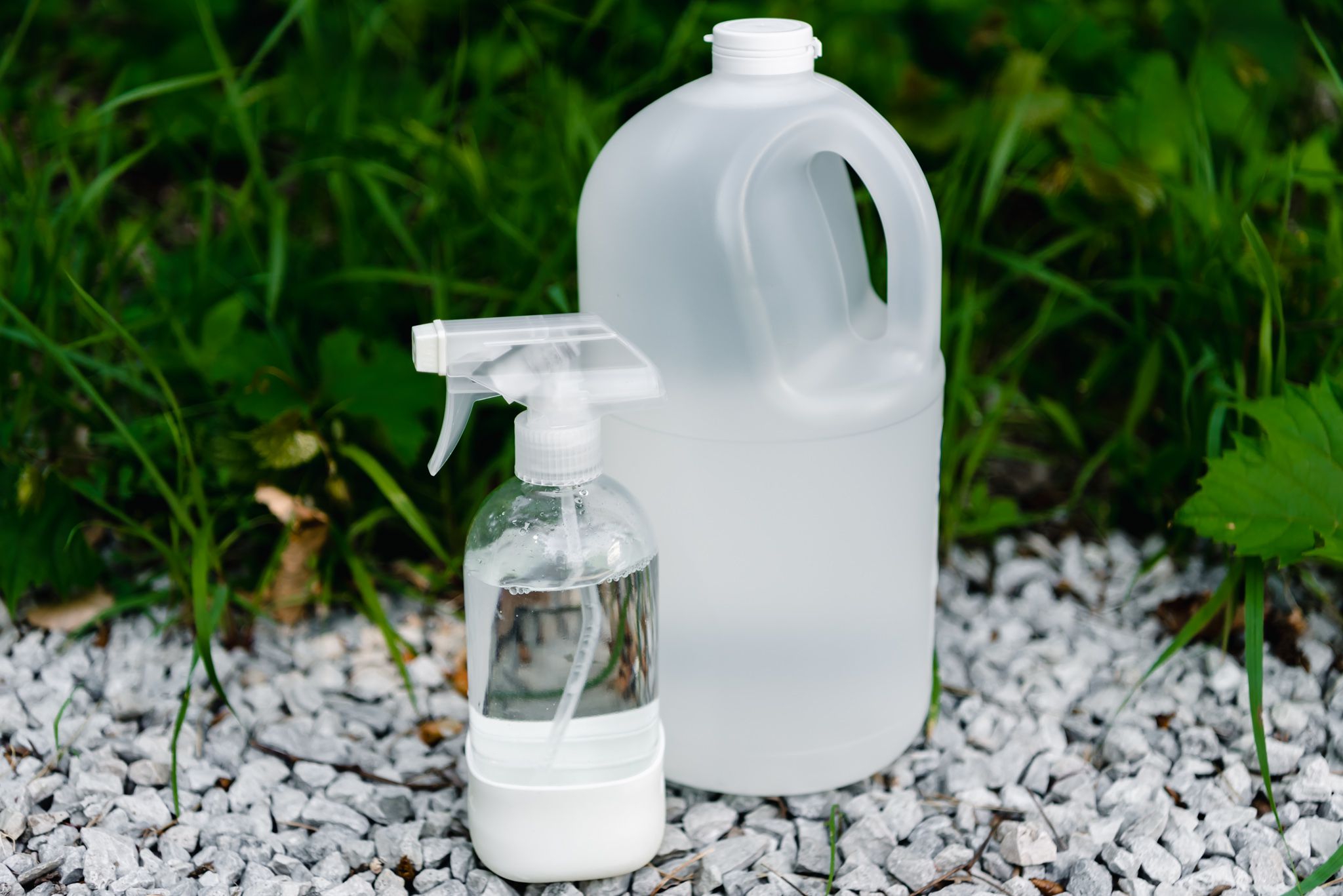

0 thoughts on “What Kills Mushrooms On Lawns”